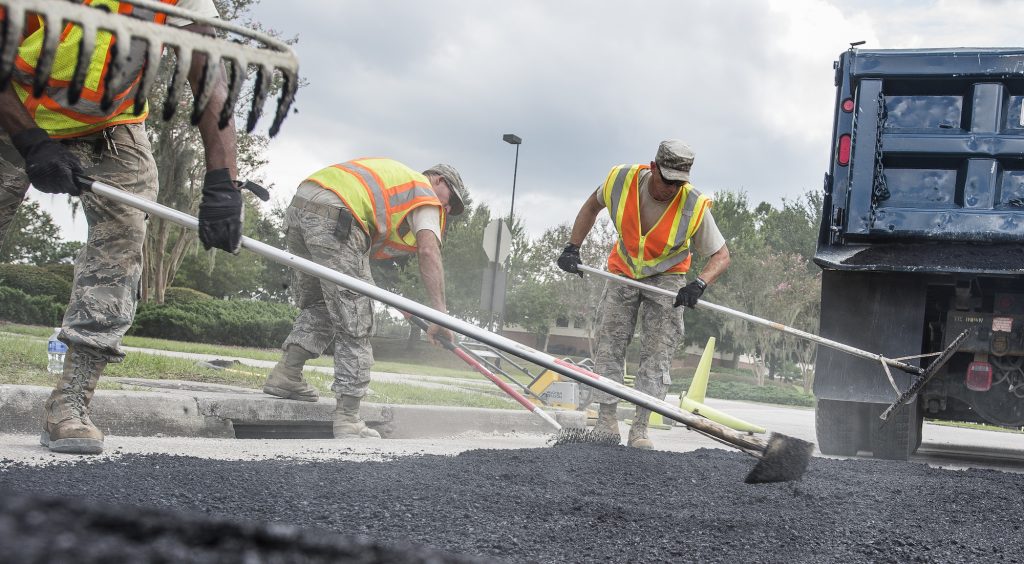
Is repair actually a priority?


While politicians are focused on how much more funding we should give to infrastructure, our upcoming report sheds light on how states are using existing funding for repair vs. new roads and how policy can get the nation back on track.
Earlier this week, President Trump, House Speaker Pelosi, and Senate Minority Leader Schumer met to discuss funding levels for a yet undefined infrastructure plan.
We don’t know what the plan will fund or build, what problems it’s trying to solve, or how we will measure its success—if at all—but politicians have somehow already settled on a $2 trillion price tag.
This is the standard practice on Capitol Hill when it comes to infrastructure, and we believe it’s time for a change.
Much of the rhetoric around this mythical infrastructure plan has focused on “repairing our crumbling roads and bridges.” But if past decisions are the best predictor of future behavior then much of any extra transportation spending will likely be squandered on building and expanding roads rather than repairing them—as we show in our forthcoming report, Repair Priorities 2019.
Repair Priorities 2019 will be released during Infrastructure Week on Tuesday, May 14. Join us for a webinar on Wednesday, May 15 at 3 p.m. ET for a closer look at the findings.
Despite the growing maintenance backlog, states have continued to spend a significant portion of funding to build new roads. Repair Priorities 2019 provides a national snapshot and state-by-state evaluation of current roadway pavement conditions, spending trends, and unmet needs. It also recommends crucial actions federal policymakers should take in the next transportation reauthorization bill to get the nation’s roads—and spending priorities—back on track.
As we have said repeatedly, when it comes to infrastructure we don’t have funding problem, we have a policy problem. But policy makers are still putting the cart before the horse, jumping straight to how much of our money they need before telling us why or what we’re going to get for it in the end. Repair Priorities will help make the case for policy change using the government’s own data.



